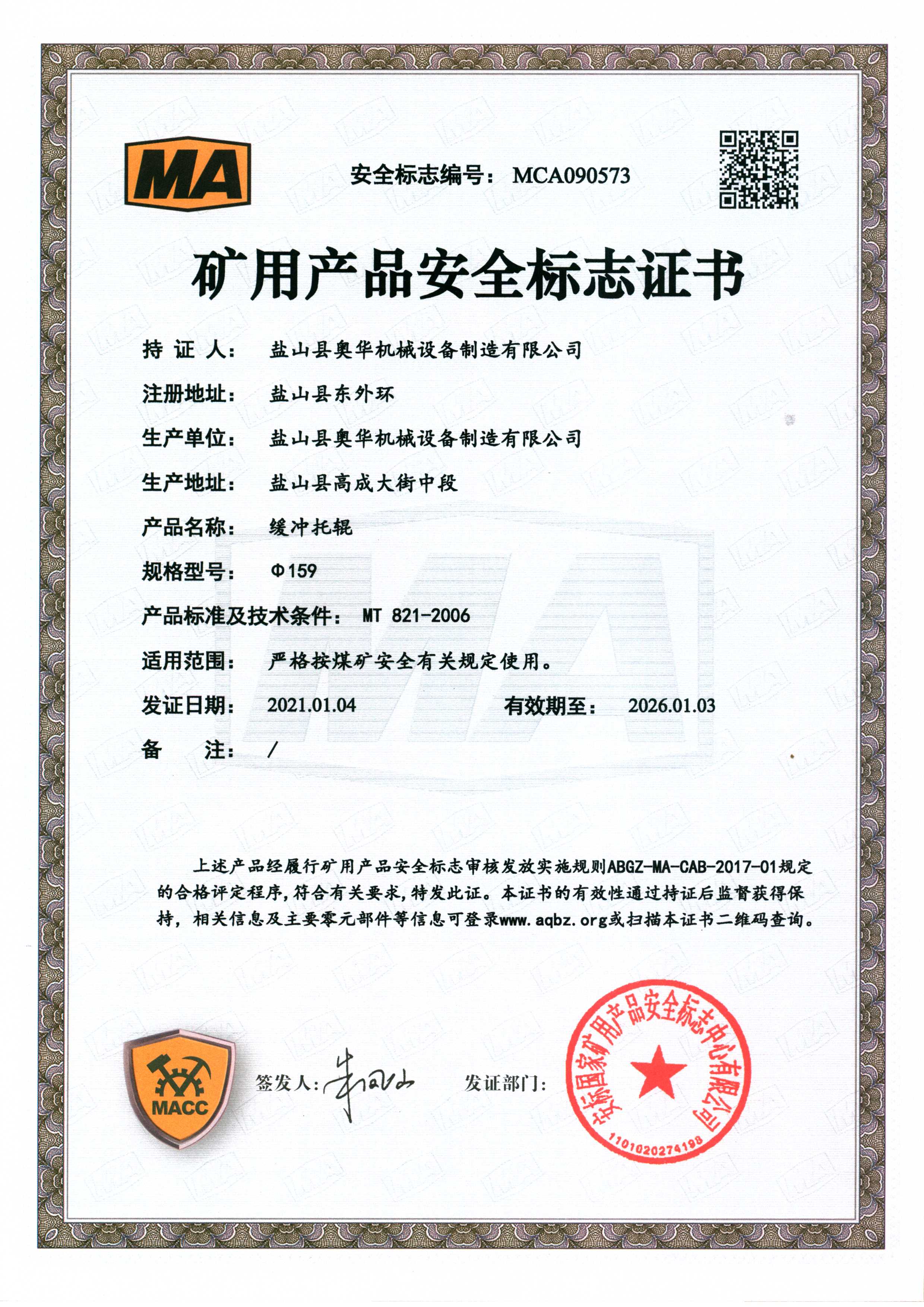 Afrikaans
Afrikaans  Albanian
Albanian  Amharic
Amharic  Arabic
Arabic  Armenian
Armenian  Azerbaijani
Azerbaijani  Basque
Basque  Belarusian
Belarusian  Bengali
Bengali  Bosnian
Bosnian  Bulgarian
Bulgarian  Catalan
Catalan  Cebuano
Cebuano  Corsican
Corsican  Croatian
Croatian  Czech
Czech  Danish
Danish  Dutch
Dutch  English
English  Esperanto
Esperanto  Estonian
Estonian  Finnish
Finnish  French
French  Frisian
Frisian  Galician
Galician  Georgian
Georgian  German
German  Greek
Greek  Gujarati
Gujarati  Haitian Creole
Haitian Creole  hausa
hausa  hawaiian
hawaiian  Hebrew
Hebrew  Hindi
Hindi  Miao
Miao  Hungarian
Hungarian  Icelandic
Icelandic  igbo
igbo  Indonesian
Indonesian  irish
irish  Italian
Italian  Japanese
Japanese  Javanese
Javanese  Kannada
Kannada  kazakh
kazakh  Khmer
Khmer  Rwandese
Rwandese  Korean
Korean  Kurdish
Kurdish  Kyrgyz
Kyrgyz  Lao
Lao  Latin
Latin  Latvian
Latvian  Lithuanian
Lithuanian  Luxembourgish
Luxembourgish  Macedonian
Macedonian  Malgashi
Malgashi  Malay
Malay  Malayalam
Malayalam  Maltese
Maltese  Maori
Maori  Marathi
Marathi  Mongolian
Mongolian  Myanmar
Myanmar  Nepali
Nepali  Norwegian
Norwegian  Norwegian
Norwegian  Occitan
Occitan  Pashto
Pashto  Persian
Persian  Polish
Polish  Portuguese
Portuguese  Punjabi
Punjabi  Romanian
Romanian  Russian
Russian  Samoan
Samoan  Scottish Gaelic
Scottish Gaelic  Serbian
Serbian  Sesotho
Sesotho  Shona
Shona  Sindhi
Sindhi  Sinhala
Sinhala  Slovak
Slovak  Slovenian
Slovenian  Somali
Somali  Spanish
Spanish  Sundanese
Sundanese  Swahili
Swahili  Swedish
Swedish  Tagalog
Tagalog  Tajik
Tajik  Tamil
Tamil  Tatar
Tatar  Telugu
Telugu  Thai
Thai  Turkish
Turkish  Turkmen
Turkmen  Ukrainian
Ukrainian  Urdu
Urdu  Uighur
Uighur  Uzbek
Uzbek  Vietnamese
Vietnamese  Welsh
Welsh  Bantu
Bantu  Yiddish
Yiddish  Yoruba
Yoruba  Zulu
Zulu Head and Tail Pulleys for Efficient Belt Conveyor System Design
Understanding Head and Tail Pulleys in Belt Conveyors
Belt conveyors are integral components in various industries, facilitating the efficient movement of materials across different locations. Among the critical components of a belt conveyor are the head and tail pulleys, which play essential roles in the operation of the system. This article explores the functions, differences, and importance of head and tail pulleys in belt conveyors.
What are Head and Tail Pulleys?
In a belt conveyor system, the head pulley is located at the discharge end, where the material is released. It is typically driven by a motor, which provides the necessary torque to move the belt and transport materials. The head pulley is essential for maintaining the tension and alignment of the conveyor belt, ensuring smooth operation and preventing slippage.
On the other hand, the tail pulley is situated at the loading end of the conveyor. Its primary function is to support the belt as it returns after discharging materials at the head. Unlike the head pulley, the tail pulley is not usually driven; instead, it is crucial for guiding the belt back to the head pulley and maintaining the correct belt tension.
Functions of Head Pulleys
1. Drive Mechanism The most significant role of the head pulley is to drive the belt. It is usually connected to a motor, which rotates the pulley to move the belt forward. Efficient torque transmission is crucial for effective material handling.
2. Material Discharge As the belt moves over the head pulley, it carries the material to the discharge point. The design of the head pulley can significantly affect how materials are unloaded.
3. Belt Tension Maintenance The head pulley helps maintain the tension in the belt, which is vital for preventing slippage and ensuring that the belt remains aligned with the structural framework.
Functions of Tail Pulleys
head pulley tail pulley for belt conveyor

1. Support Structure The primary role of the tail pulley is to provide support to the returning portion of the belt. It ensures that the belt maintains its path and does not sag excessively.
2. Belt Tension Management Tail pulleys contribute to managing the tension in the conveyor belt. Proper tension is necessary for the integrity of the entire system, as it helps prevent wear and tear and extends the life of the belt.
3. Alignment and Guidance Tail pulleys help align the belt as it returns to the head pulley. Any misalignment can lead to increased friction, inefficiencies, and potential damage to the conveyor system.
Importance of Proper Maintenance
The efficiency of a belt conveyor largely depends on the condition and functionality of its head and tail pulleys. Regular maintenance is crucial, as worn-out or damaged pulleys can lead to operational issues, such as belt slippage, misalignment, and increased wear.
1. Inspection Regular inspections should be conducted to check for signs of wear, damage, or misalignment. This proactive approach can prevent costly downtime and ensure smooth operations.
2. Lubrication Proper lubrication of the bearings and moving parts of the pulleys is essential to minimize friction and wear, which can significantly extend their lifespan.
3. Replacement When signs of wear are observed, timely replacement is necessary to avoid more significant issues that can disrupt productivity.
Conclusion
In summary, head and tail pulleys are vital components of belt conveyors that significantly influence their efficiency and functionality. By understanding their roles and maintaining them properly, industries can ensure the smooth and effective transport of materials, thereby enhancing productivity and reducing operational costs. Investing in high-quality pulleys and regular maintenance practices will yield long-term benefits for any conveyor system.
-
Revolutionizing Conveyor Reliability with Advanced Rubber Lagging PulleysNewsJul.22,2025
-
Powering Precision and Durability with Expert Manufacturers of Conveyor ComponentsNewsJul.22,2025
-
Optimizing Conveyor Systems with Advanced Conveyor AccessoriesNewsJul.22,2025
-
Maximize Conveyor Efficiency with Quality Conveyor Idler PulleysNewsJul.22,2025
-
Future-Proof Your Conveyor System with High-Performance Polyurethane RollerNewsJul.22,2025
-
Driving Efficiency Forward with Quality Idlers and RollersNewsJul.22,2025





























